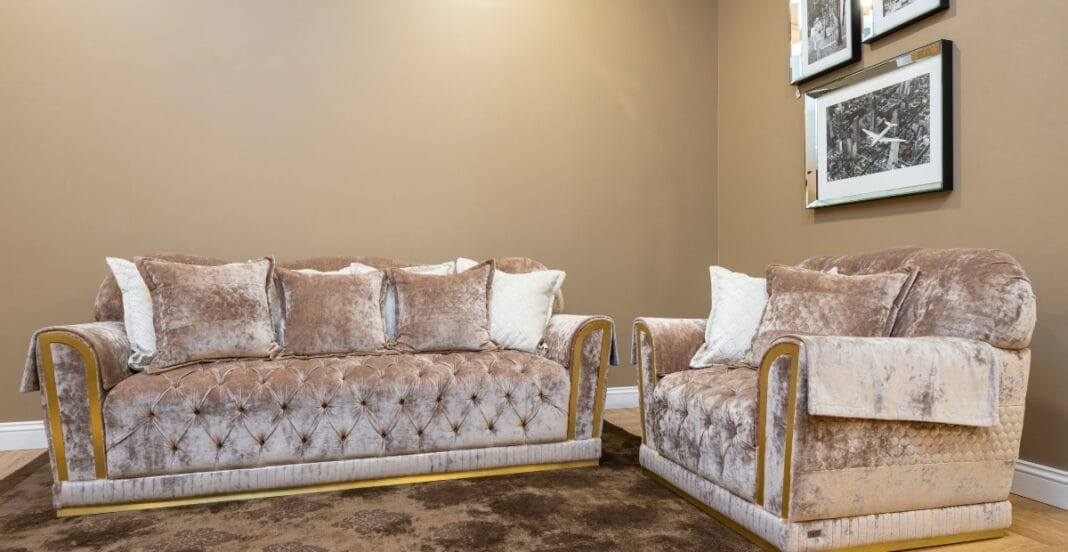Velvet has long carried the scent of indulgence. Glinting gently in low light, the fabric also invites a silky brush of fingers. Yet its appeal stretches far beyond runway gowns or stately window curtains. Once wrapped around a chair or a sofa, that same cloth urges people to sit up and notice. Velvet fabric for upholstery therefore brings enduring beauty, solid toughness, and remarkable ease.
Whether you are refreshing a retro loveseat or ordering a clean-lined ottoman, the upholstery choice matters. Velvet feeds personality into every curve and seam. It does more than mask the frame-it rewrites the whole mood of the room. This guide walks you through the world of velvet on furniture. From its backstory to simple care steps, you will find everything you need.
Table of contents
- Understanding Velvet Fabric for Upholstery
- A Brief History of Velvet in Furniture Design
- Why Choose Velvet Fabric for Upholstery?
- A Guide to Velvet Fabrics for Upholstery
- How Velvet Fabric for Upholstery Performs Over Time
- Using Velvet in Different Rooms and Styles
- How to Care for Velvet Upholstered Furniture
- The Elegance and Emotional Impact of Velvet
- Conclusion
- FAQs
Understanding Velvet Fabric for Upholstery
At heart, velvet is a woven textile crowned with a short, uniform pile. That pile packs closely together, giving the cloth a smooth face that catches light from odd angles. Craftspeople loop yarn, slice the loops, and then fix them in place, creating the signature softness. That age-old technique is what separates velvet from flat weaves.
When the fabric must cushion bodies instead of just hang on walls, extra toughness becomes non-negotiable. Upholstery velvet therefore emerges from the loom with heavier yarns and tighter beats. The result is a stout weave that resists everyday pressure, abrasion, and the occasional coffee spill. Modern mills may mix in resilient polyester or nylon; traditional lines still favor cotton or silk for an earthier hand.
That mix of softness and strength makes velvet the go-to cloth for people dressing sofas or chairs in todays home. It cloaks every piece in charm yet stands up to kids, pets, and spilled coffee.
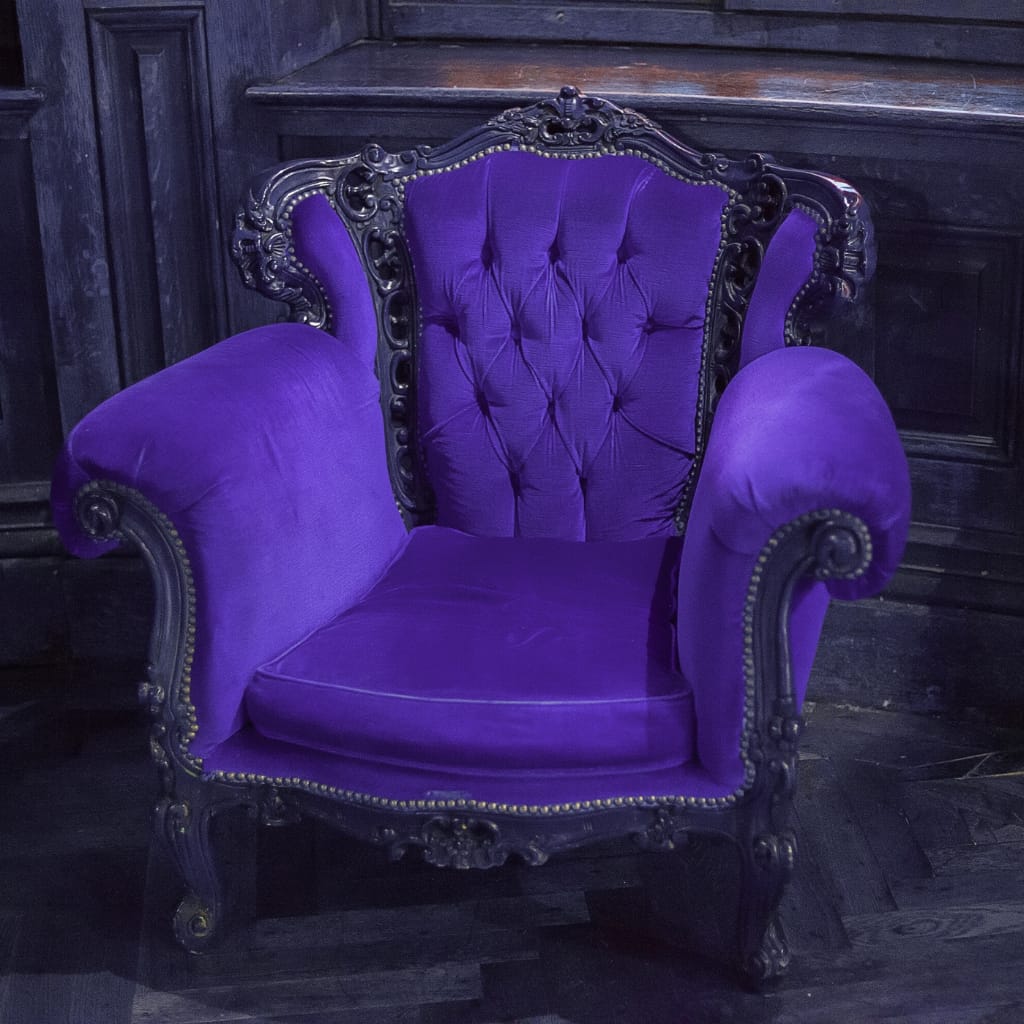
A Brief History of Velvet in Furniture Design
Velvet descends from royal looms. Egyptian artisans first wove it, and later Renaissance mills in Italy refined the craft. By the fourteenth century, it had become a fabric of privilege, barred to all but the wealthy elite. Monarchs draped it over thrones, crafted robes with it, and upholstered beds and benches in its lush pile.
Jump to the twentieth century, and machines changed everything. Mass production lowered costs, opening the door to a wider audience. Designers seized the chance, draping velvet across a spectrum of furniture styles. Whether a faded Victorian armchair or a sleek mid-century couch, the cloth adapted.
Today, you still find velvet in penthouse flats and boutique hotels. Yet it also shows up in warm family kitchens. Improved fibers and stain-repellent finishes mean the fabric now welcomes everyday use.
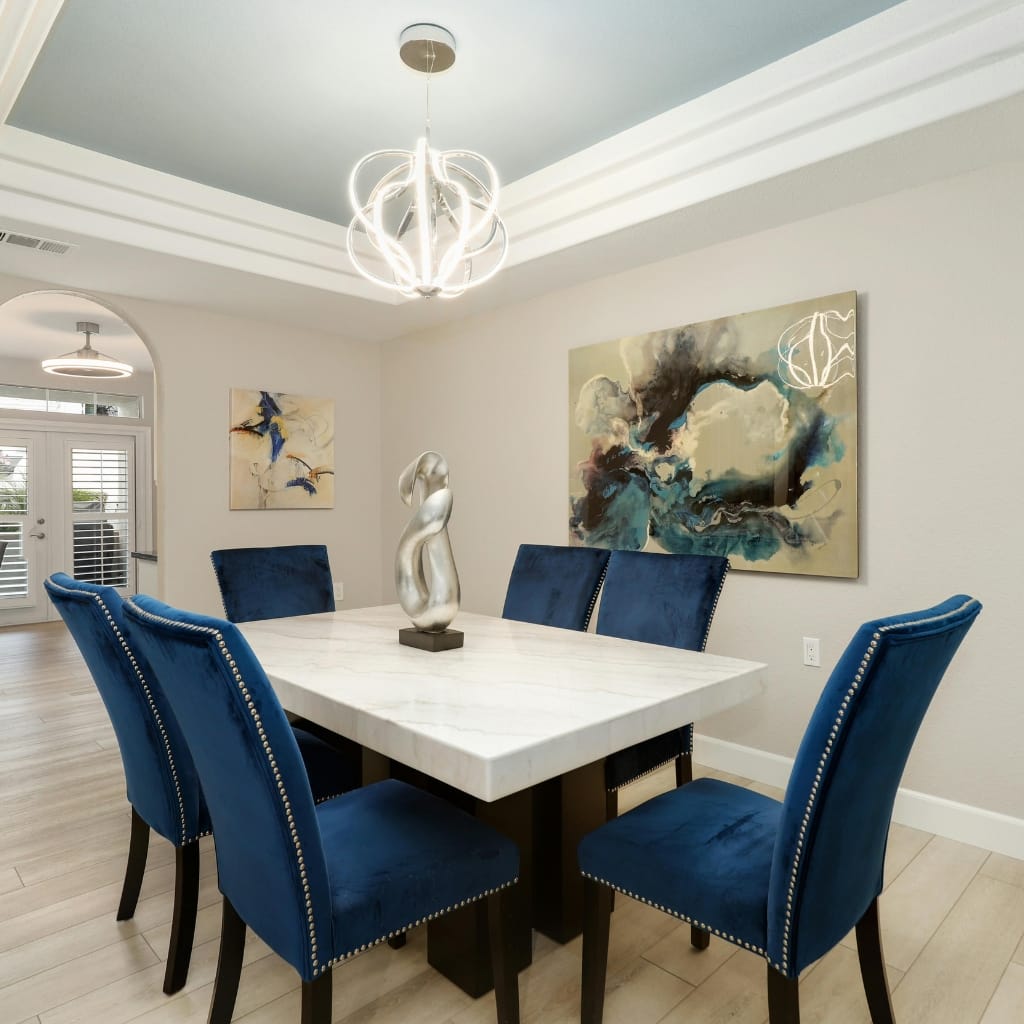
Why Choose Velvet Fabric for Upholstery?
People often choose velvet for their furniture, and for good reason. First, the surface is extraordinarily soft. The material feels both inviting and luxurious under bare skin. Sitting down on velvet feels refreshingly pleasant. Even a brief brush of the hand leaves a lasting memory.
Second, velvet deepens any hue placed upon it. Because its fibers stand upright, the fabric traps and redirects light. That optical play gives the color a living quality that shifts with movement. A navy velvet chair may read nearly black in shadow yet glow bright blue in sun.
Velvet also introduces welcome texture. It gently blurs hard angles and surrounds the eye with warmth. This effect matters in modern or minimalist rooms, where a single piece of velvet can ease strict lines.
Another advantage is durability. Purpose-made upholstery velvets stand up to daily life, resisting crushing, fading, and even unexpected spills better than most people assume. Select a quality weave, and your sofa or headboard will keep turning heads for years.
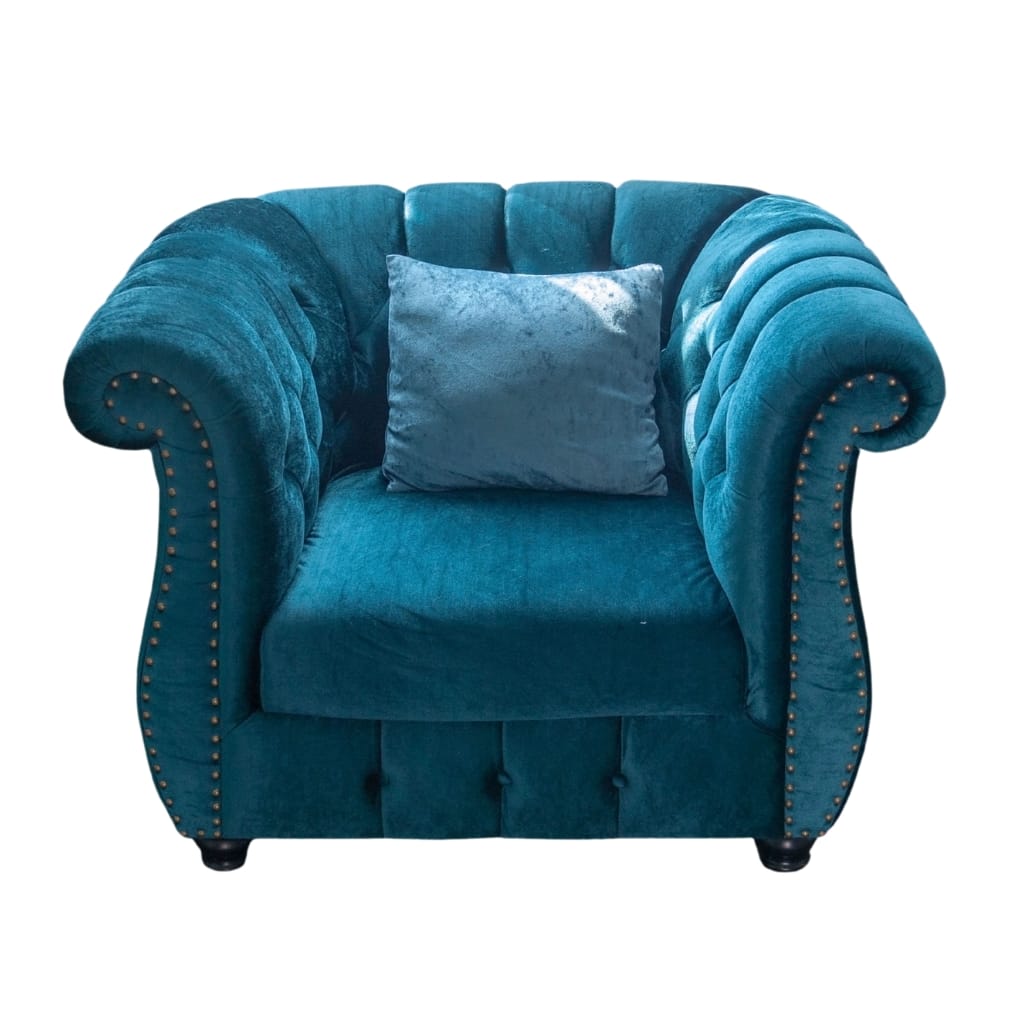
A Guide to Velvet Fabrics for Upholstery
Velvet is not one fabric but a small family of weaves, each behaving in its own way. Some samples feel feather-light, while others boast the heft of sturdy canvas. In upholstery, the winning candidate is the version that stands up to day-to-day use, so heres a brief overview of the most common styles found on chairs, sofas, and headboards.
*Cotton velvetoffers a warm, matte surface that absorbs sound and feels pleasant against bare skin. It breathes well, yet over years of sitting and cleaning it tends to flatten in high-contact areas. Polyester velvet, in contrast, shrugs off grime and spills; it holds its color and shape even in homes that host soccer practices and birthday parties. Silk velvet is the crown jewel: soft, luminous, and expensive, though it requires a gentle touch and is best reserved for pieces that will see light wear.
Crushed velvet features a patterned nap created by twisting the damp pile; the wavy surface cleverly masks small stains and rub marks that would show on a smooth finish. Performance velvet, meanwhile, relies on modern fibers and chemical finishes to repel water, oil, and sharp claws, making it ideal for pet lovers without sacrificing texture.
Your choice should mirror how your space actually lives. Households bursting with children and animals will thank you for a sturdy synthetic style, while a refined sitting room meant for cocktails and conversation can go a little softer.
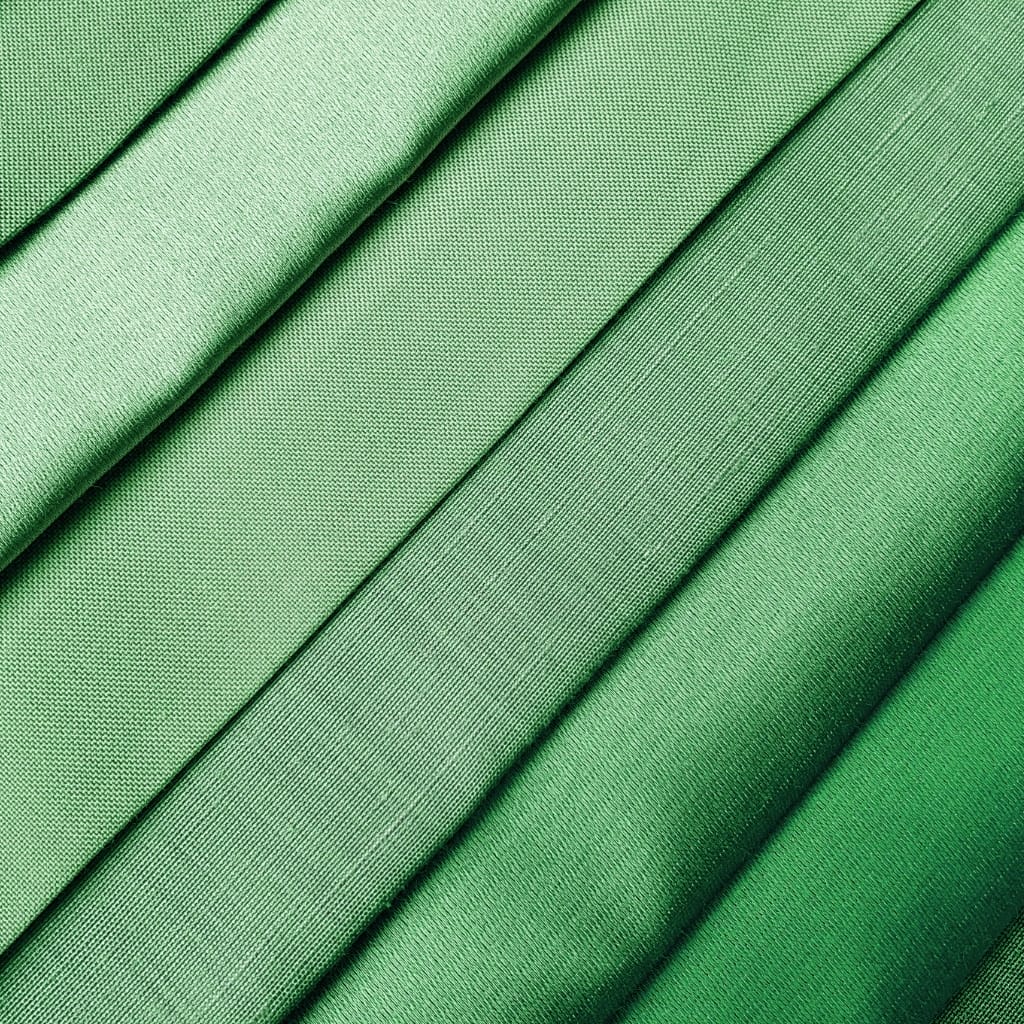
How Velvet Fabric for Upholstery Performs Over Time
People worry that velvet will quickly wear out. They picture a fabric so soft it cant stand daily life. In truth, modern upholstery velvet is much tougher. When woven properly, it survives years of sitting, lounging, and relaxing without serious harm.
Real durability, of course, depends on simple care. Velvet will not sag under weight or fray at seams. It resists pilling better than most plain weaves as well. On occasion, the surface may show pressure marks-dark lines where the pile lays flat. These gentle memories are normal and vanish with a soft brush or quick steam.
So long as dust and spills are treated swiftly, the pile stays full and even. Over time the fabric matures, deepening color and softening in a pleasing way. A well-loved velvet chair can end up looking richer than new. Each mark becomes part of the story, proof of years of use.
Using Velvet in Different Rooms and Styles
Because of that character, velvet fits into almost any room. In a living room, a single deep-sofa piece can add instant warmth and drama. Pair it with bold shades such as emerald green or rich royal blue for a lively focal point. Neutral tones like dove gray or taupe, on the other hand, whisper elegance and can ground louder accents.
In bedrooms, velvet upholstery adds a welcome touch of softness. A velvet-covered headboard quickly becomes the rooms standout feature. Pair it with coordinating ottomans or benches to tie everything together.
Velvet proves equally effective in dining rooms. Upholstered chairs draped in the fabric feel both inviting and upscale. Opt for stain-resistant performance velvet when spills or heavy use are likely.
Across any space, velvet plays nicely with wood, metal, and stone. Its gentle texture counter-balances hard surfaces and rounds out the overall design.
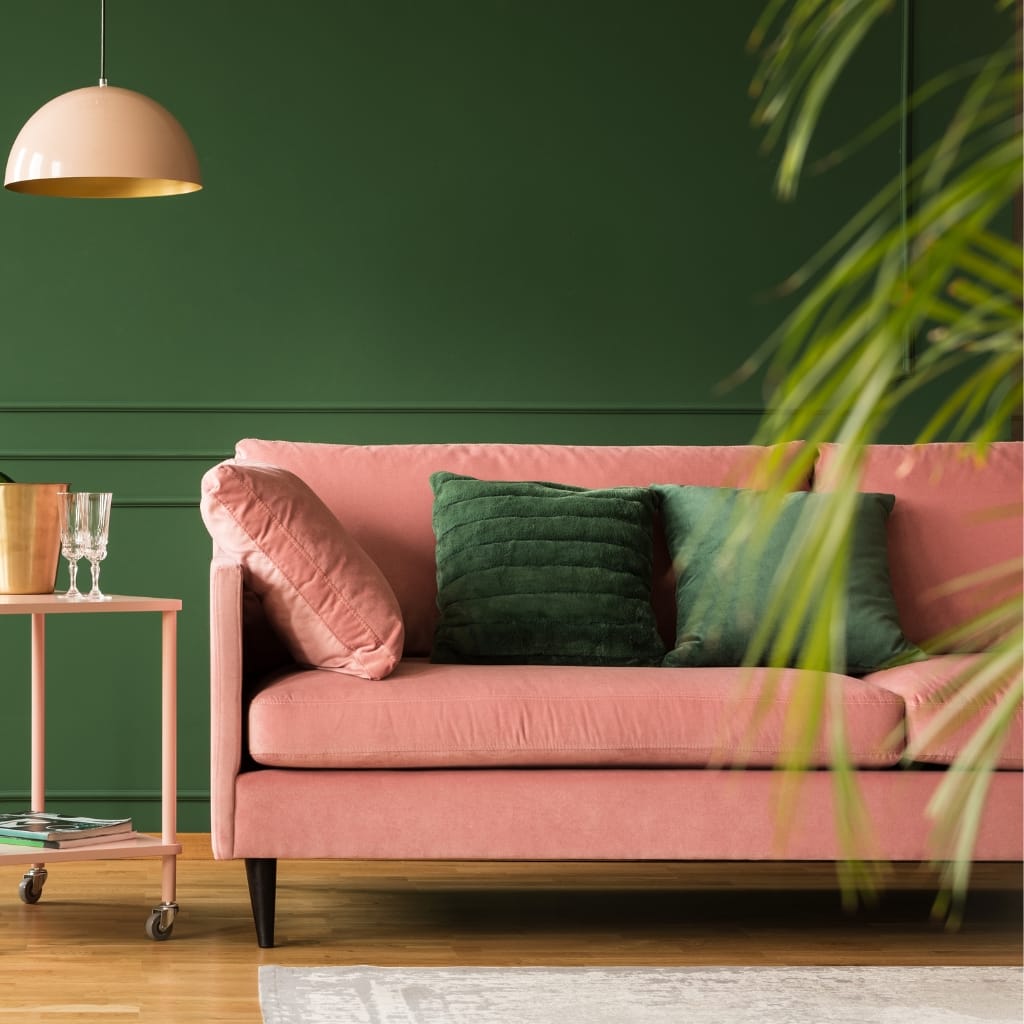
How to Care for Velvet Upholstered Furniture
Despite the myths, velvet furniture is not high-maintenance. With a few easy habits, you can keep it looking fresh for years. Start by vacuuming on a regular schedule. Attach a soft brush to lift dust and stop buildup in the pile.
Rotate cushions from seat to seat. The practice encourages even wear across the fabric. If creases appear, hold a steamer nearby or gently pat a damp cloth. Follow with light brushing to stand the pile back up.
When liquid lands, blot right away, never rub. Press a dry towel against the spot to soak up moisture. If the stain lingers, mix plain water with a drop of mild soap. Test this blend on an unseen seam before going forward.
Most velvets sold today resist everyday spills, yet slipcovers and fabric-protecting sprays still offer reassuring back-up. Pair those tools with regular brushing, and your plush seating will remain as stunning as on move-in day.
The Elegance and Emotional Impact of Velvet
Velvet is not simply cloth; it is an encounter that wraps a room in calm opulence. Place your hand against its short pile, and you instantly sense the warmth and depth it brings to bare walls and simple frames.
Although plain in weave, velvet catches light and shade in ways that command the eye without clamoring for center stage. That subtle play leaves even basic armchairs looking tailored, so designers use it in art hotels and quiet home libraries alike.
Color finds a faithful partner in the pile, soaking up dyes until every hue feels more luminous and alive. Deep emerald sparkles; pale rosé glows like dawn, letting any palette-for room or mood-breathe fresh sentiment.
Choose velvet if you want a dwelling that welcomes guests and whispers comfort to you each day; the fabric lifts spirits, softens lines, and never loses its classic charm.
Conclusion
Velvet upholstery cloth blends good looks with lasting durability. It softens a room while resisting the wear of daily life. Classic yet perpetually trendy, it suits almost any theme. Whether youre outfitting a grand salon or a cozy nook, velvet delivers that final hint of sophistication.
Its unparalleled softness, rich color palette, and visible comfort set it apart. Thanks to modern production methods, todays velvet is also remarkably low-maintenance.
Select velvet if you appreciate enduring design. Select it if you wish for a welcoming texture every time you sit down. Select it if you want pieces that look as delightful as they feel. Simply put, velvet is more than cloth-it is a way of living well.
Read more What is velvet fabric
FAQs
Yes. Modern velvet is durable, comfortable, and ideal for both high-use and decorative furniture.
Absolutely. With regular care, velvet fabric maintains its beauty and strength for many years.
Not at all. Most spills can be wiped up easily. Regular vacuuming keeps the fabric fresh.

